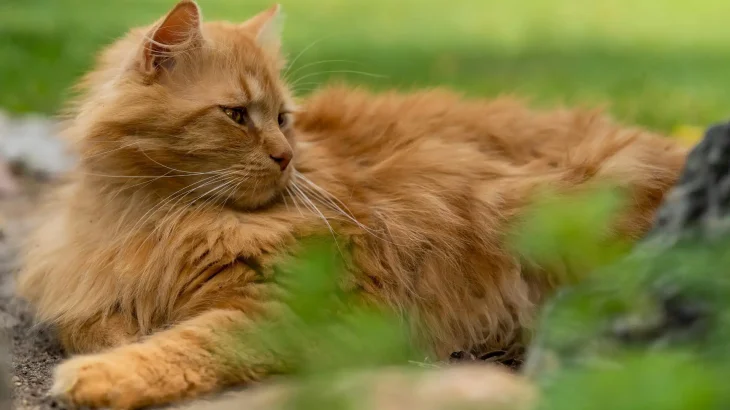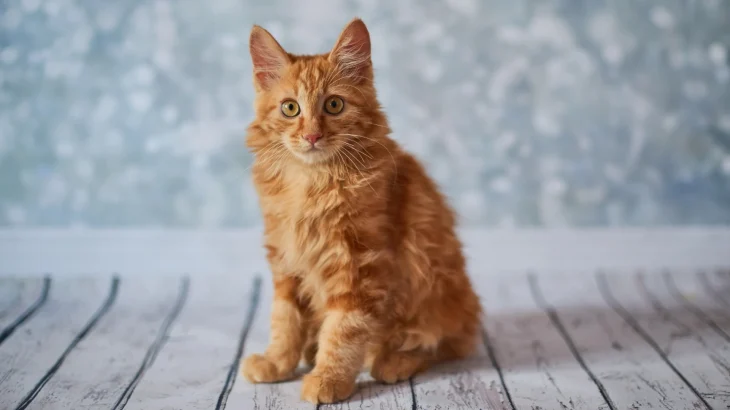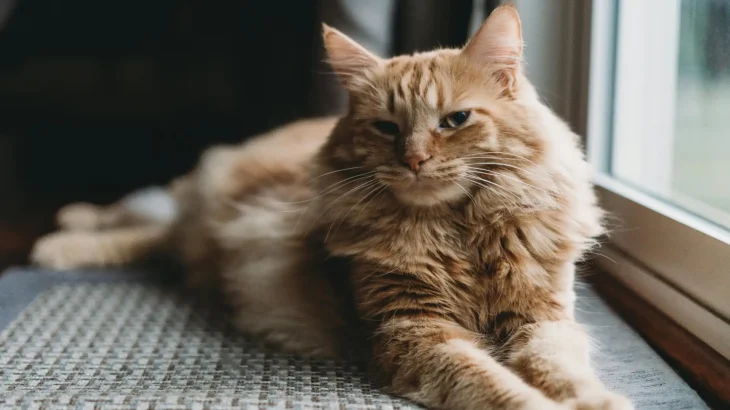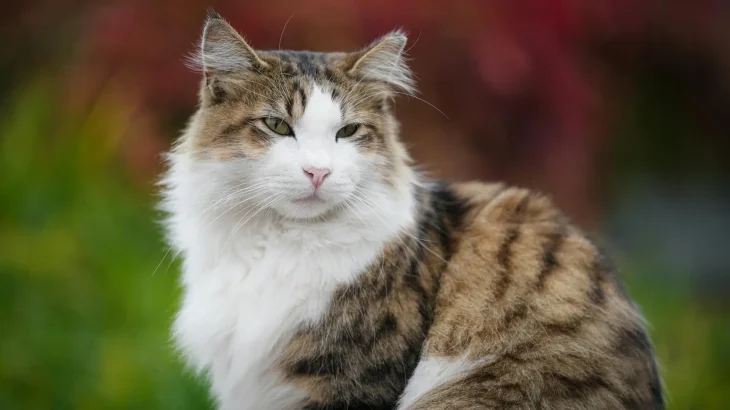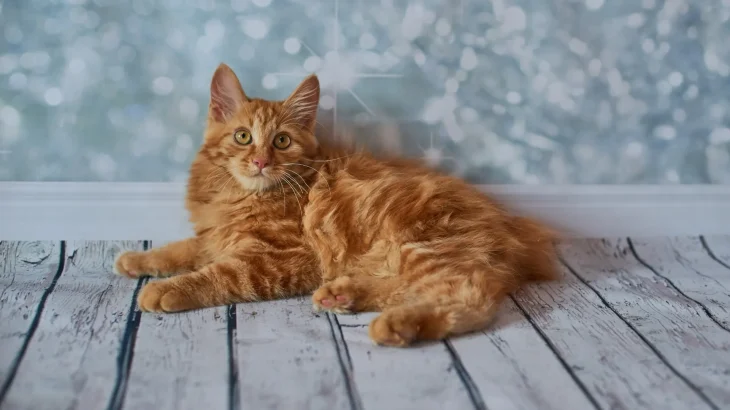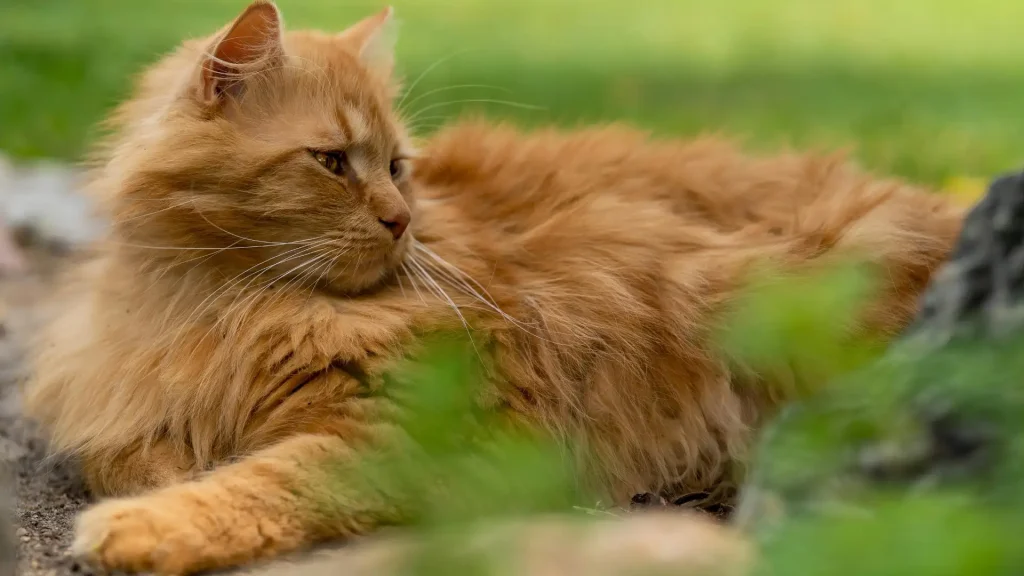Choosing whether to adopt or purchase a Japanese Bobtail Longhair kitten depends on your priorities about cost, health, and ethical considerations. Buying from a breeder usually offers more insight into the kitten's lineage and health but costs more. Adoption can be more budget-friendly and supports animal welfare but may have less clear background information.
Adoption vs. Breeder: Pros & Cons
| Criteria | Buying from Breeder | Adopting from Shelter/Rescue |
|---|---|---|
| Cost | Higher initial cost, reflecting breed purity and lineage. | Lower fees, often including basic veterinary care like vaccinations and spaying/neutering. |
| Health History | Thorough health documentation and genetic screening available. | May have limited or unknown health history; shelters provide basic health checks. |
| Age Availability | Primarily kittens, allowing bonding from an early age. | Various ages available, including adults who may be trained. |
| Temperament Insight | Breeders can share info on parental temperament and breed traits. | Shelter staff share observed behaviors but background may be incomplete. |
| Supporting Practices | Supports selective breeding; important to choose ethical breeders. | Promotes animal welfare by providing homes to cats in need. |
| Breed Purity & Pedigree | Guaranteed pedigree and breed standards. | Breed may be mixed or unclear, less emphasis on lineage. |

